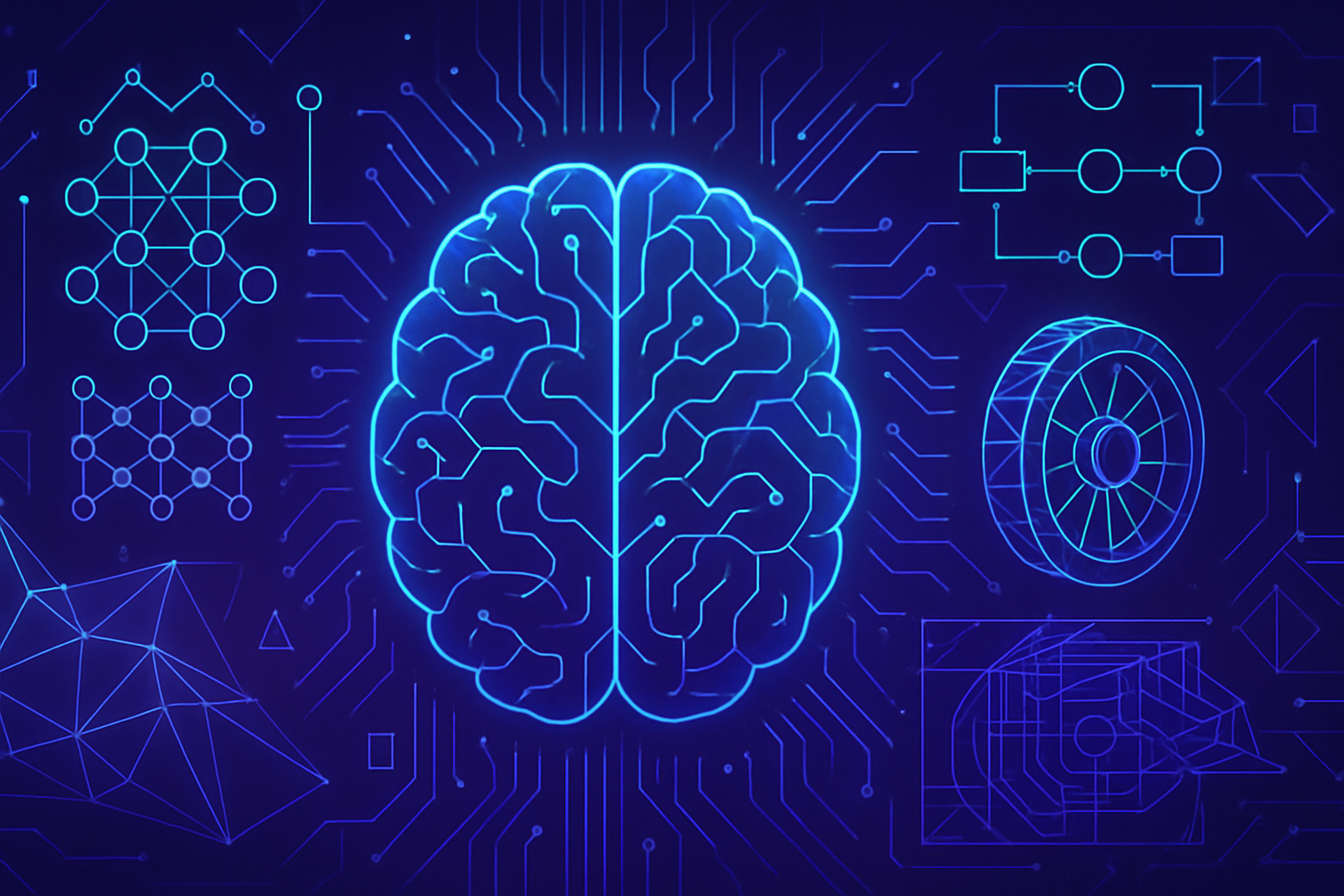Artificial intelligence and machine learning are redefining traditional design paradigms in engineering. _Acceleration of design processes_ becomes a tangible reality thanks to these innovative technologies. The integration of AI optimizes not only efficiency but also the accuracy of simulations and prototypes. Engineers rely on advanced methods to solve complex challenges, pushing creativity and innovation to unprecedented levels. _Reduced development costs_, resulting from automation of tasks, transform the way products come to life. Companies better anticipate failures thanks to _enhanced predictive maintenance_, ensuring optimal production quality.
Artificial intelligence and machine learning in engineering
Optimization through artificial intelligence (AI) offers significant advantages to mechanical engineers. These tools allow for faster and more precise designs and simulations. Improved efficiency comes from the automation of processes, leading to reduced development costs. Furthermore, advanced predictive maintenance and quality control systems are emerging, thus transforming the dynamics of the industry.
The role of AI in mechanical engineering
Faez Ahmed, the Doherty Chair of Ocean Utilization at MIT, highlights the growing importance of machine learning and AI in this field. Contrary to the limited perception of mechanical engineering, which often confines itself to traditional tools, this discipline is extremely vast. New technologies open unprecedented perspectives for design and the resolution of technical problems.
The training of engineers
The course 2.155/156, titled AI and Machine Learning for Engineering Design, illustrates how students apply AI tools to mechanical design. This program focuses on creating new products as well as addressing specific engineering challenges. Participants directly experience AI techniques, tackling real-world problems.
Since its launch in 2021, the course has attracted a growing number of students, transcending the boundaries of traditional departments. The involved disciplines include civil engineering, aerospace, as well as management and computer science. A diverse range of interdisciplinary students enriches exchanges and collective creativity.
Competition and innovation
The innovative approaches encouraged in this course involve students participating in competitions related to AI applied to physical systems. These competitions foster an atmosphere of friendly challenge. The posed challenges invite students to find optimized solutions, motivating them to continually improve their methods.
Practical projects
In this context, students collaborate to develop ambitious projects. Each final project allows them to integrate the skills they have acquired and explore themes they are passionate about. For example, one group examined data from motion capture to predict the ground forces exerted by runners. This experience proved rewarding beyond their expectations.
Projects such as a customizable “cat tree” design, integrating various modules, reflect the unbridled creativity of the students. The development of software for a new 3D printer architecture has also emerged, highlighting practical solutions to contemporary issues.
Impact of publications and awards
The results of projects from this course often reach a level of excellence, resulting in research publications. One of them received the best paper award at the American Society of Mechanical Engineers conference. The recognition of this work reflects the commitment and quality of the projects completed by the students.
A new era for engineering
Through these initiatives, the application of AI and machine learning in mechanical engineering paves the way for a revolution in the field. Future engineers learn to integrate these technologies into their creative processes, constantly innovating to meet the challenges of tomorrow. Discussions around research publications and practical exercises, tailored to specific issues, enrich and solidify this innovation-centered approach.
User FAQ: Artificial intelligence and machine learning in engineering design
What is artificial intelligence (AI) and machine learning (ML) in the context of engineering?
Artificial intelligence refers to computer systems capable of performing tasks that typically require human intelligence, while machine learning is a branch of AI that allows systems to learn from data and improve their performance without direct human intervention.
How are AI and machine learning transforming the design process in engineering?
These technologies enable engineers to create models and simulations more quickly, optimize designs in real-time, and improve the accuracy of analyses, resulting in reduced development costs and more efficient products.
What are the practical applications of AI and machine learning in mechanical design?
Applications include the design of parts, performance optimization of structures, modeling of complex systems, as well as predictive maintenance and quality control of products.
What advantages do AI and machine learning offer engineers?
The main benefits include increased efficiency in design, reduced development times, cost savings through process automation, and improved ability to anticipate and solve potential problems.
How can engineering students learn to integrate AI and machine learning into their projects?
Students can take courses specifically dedicated to these disciplines, where they will use machine learning tools and optimization techniques to solve real design problems and develop new products.
Can AI completely replace engineers in the design process?
No, AI is a tool that supports and enhances human capabilities. Engineers still play a crucial role in creativity, judgment, and strategic decisions that cannot be fully automated.
What types of challenges can AI and machine learning help address in engineering?
They can tackle challenges such as design complexity, optimization of product performance, resource management, and data-driven decision-making based on accurate, real-time information.
Is implementing AI in design costly for engineering businesses?
While the initial setup of AI systems may require investment, the long-term savings through improved efficiency and reduced errors can offset these costs.






